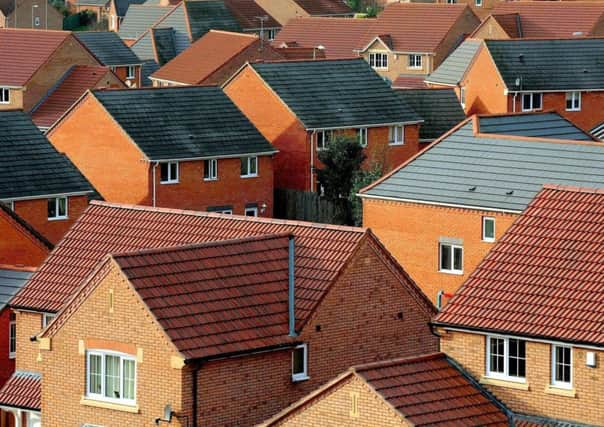David Behrens: Convert empty high street shops into homes and solve the housing land shortage at a stroke


The very best shops in Yorkshire were once there: Busbys and Brown Muff were the Simpson’s of Piccadilly of the North. But the display windows are whitewashed now, and it is To Let signs, not canopies, that hang above the doors.
Bradford’s retail downturn may have started sooner than most – I recall writing about parades of empty shops along Kirkgate, on the fringe of the new Arndale mall, as early as 1977 – but it is by no means alone. Nearly every smaller high street in the region has gone into decline during the last decade, as the blight of online retailing eats into once profitable businesses. Never mind House of Fraser – when not even a poverty row discounter such as Poundworld can survive, the condition is terminal.
Advertisement
Hide AdAdvertisement
Hide AdThe latest idea to attempt to hold back the tide of internet shopping is to impose a new tax on online retailers. The Chancellor, Philip Hammond, apparently thinks that such a move would help to level a playing field that the Government itself has upended by allowing some of the biggest players to contribute so little in tax.
But will a levy on Amazon really help to revive medium-sized centres across our region whose empty high street units are in danger of turning into ghost towns; where one shop in four now stands vacant or else occupied by a charity retailer or temporary “pop-up” premises?
It wouldn’t do any harm, but it’s not a big enough idea – for this is a problem we’re stuck with. Indeed, the auditor PricewaterhouseCoopers warned some time ago that up to a fifth of vacant retail property will never be reoccupied.
Advertisement
Hide AdAdvertisement
Hide AdSo given our own complicity in the move to online trading, shouldn’t we simply accept that we now have an oversupply of retail buildings and begin to remove them from the equation?
It might sound like heresy. But hang on… aren’t these town centres – the very ones that have an abundance of unwanted shops – also blighted by a shortage of housing?
According to analysis of Government data this week, that’s very much the case. Fewer than one in five councils in England are building enough homes every year to meet the official estimates of long-term demand, and most areas have yet to return to supplying new homes at the rate they were doing 10 years ago, before the economy crashed.
At the heart of this building logjam is the ideological debate that goes on within every community about where new houses should be sited. Developers want plots that will attract people – and people, not unreasonably, want to live somewhere nice.
Advertisement
Hide AdAdvertisement
Hide AdThat’s why there are so many arguments about estates on greenfield developments and so few about reclaimed brownfield sites.
But perhaps the answer lies not in fields at all but in our town centres – with the pursuit of a policy that incentivises councils and developers to breathe the life back into them by reinventing their disused retail stock as desirable places in which to live.
By turning the shell of a department store into a block of flats, or flattening a parade of unloved shops to make way for a row of elegant terraces, urban pockets that are dying from an absence of passing trade could be renewed as vibrant residential communities.
What’s more, unlike estates thrown up on land reclaimed from industry or the green belt, they benefit from an already developed infrastructure of schools and transport.
Advertisement
Hide AdAdvertisement
Hide AdI’m not saying we should get rid of shops; far from it. But neither should we cling to the notion that town centres are exclusively places for doing business.
In Harrogate, they know this already. The centre is a mixture of commercial, leisure and residential space and is, not by coincidence, one of the most attractive in the country. Market conditions may alter the balance over time – but if the changes are handled sympathetically, the effect could be to enhance the appeal of the place still further.
It’s ultimately a question of thinking outside the box. If we can transform Godforsaken, redundant asylums such as High Royds at Menston into appealing houses and flats, why not similarly substantial developments of shops?